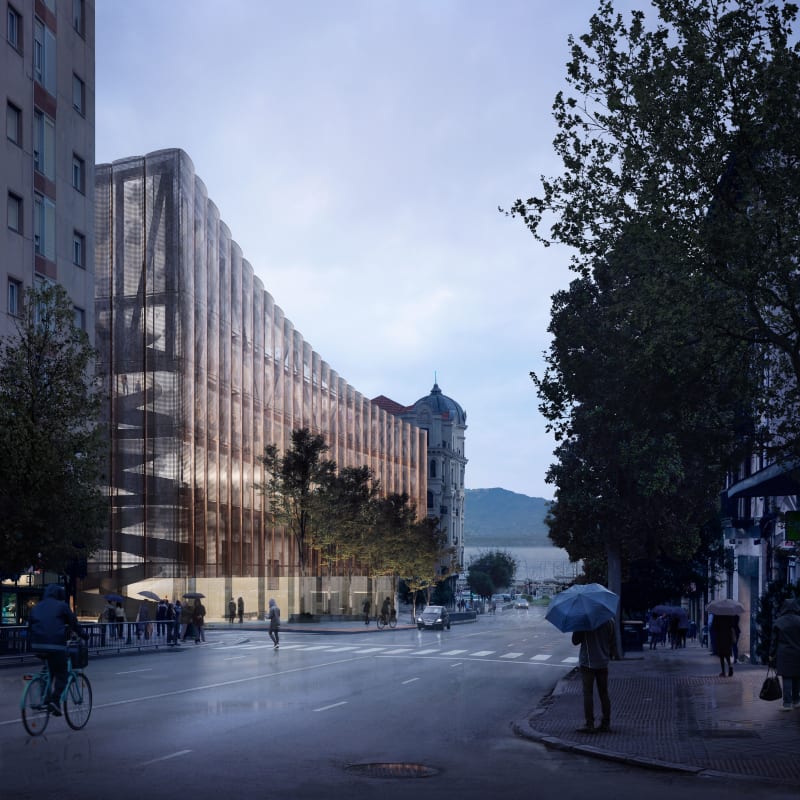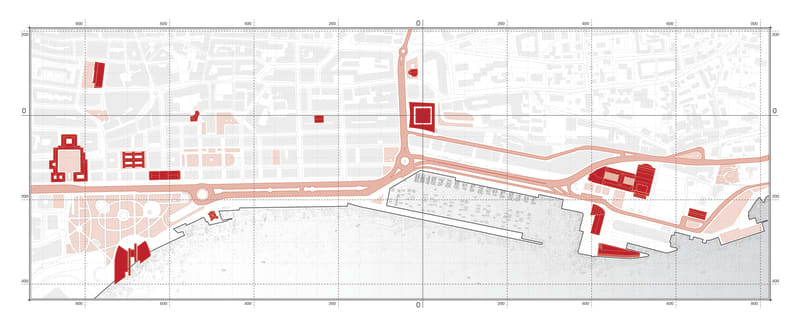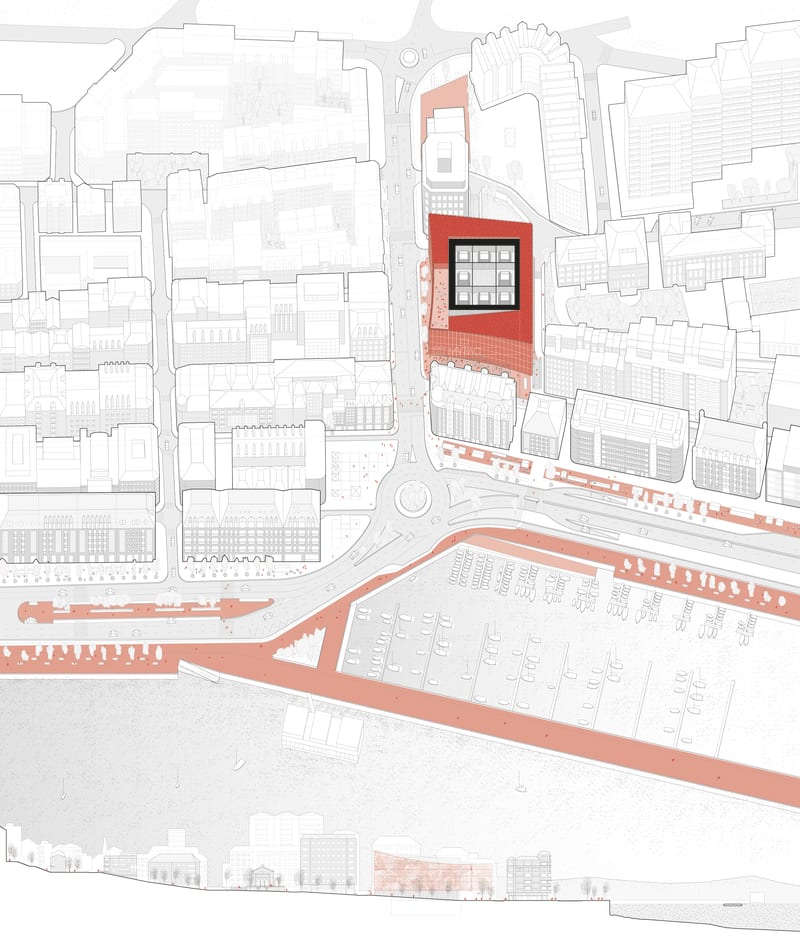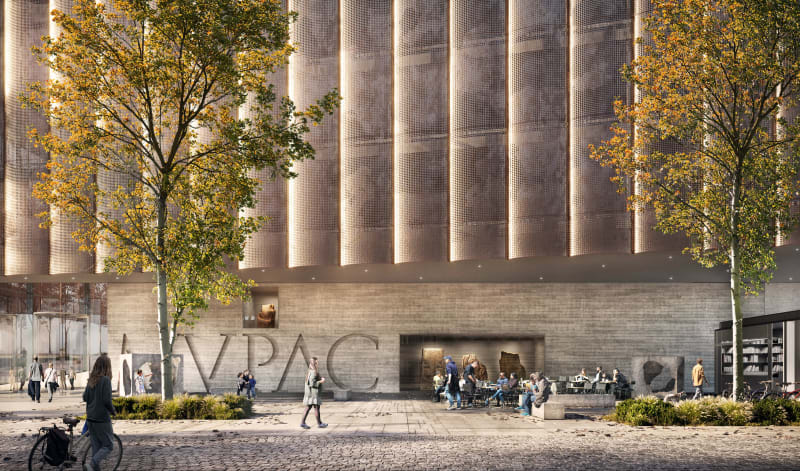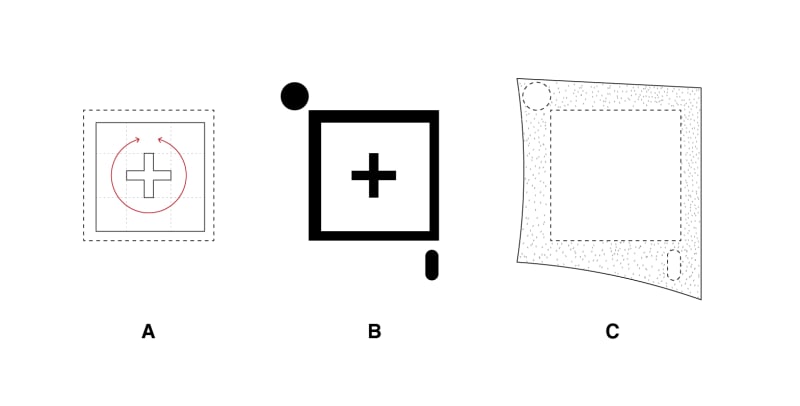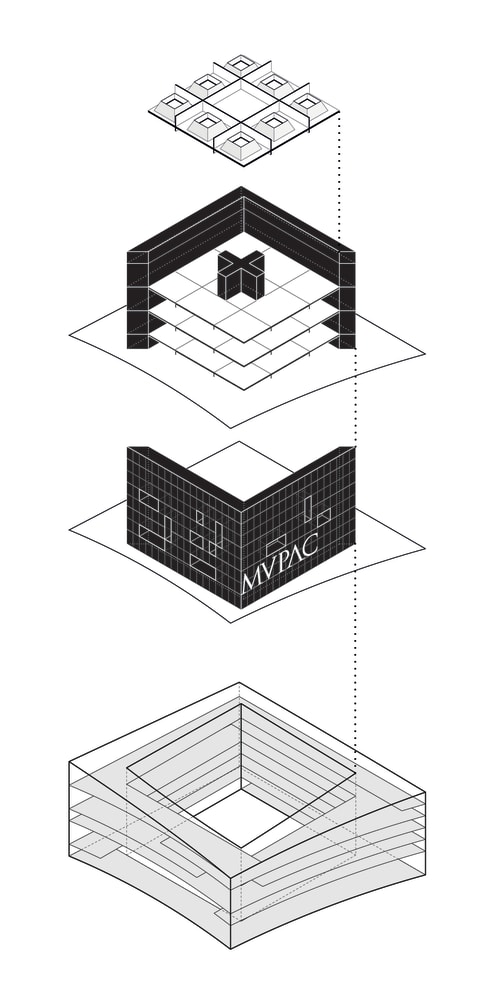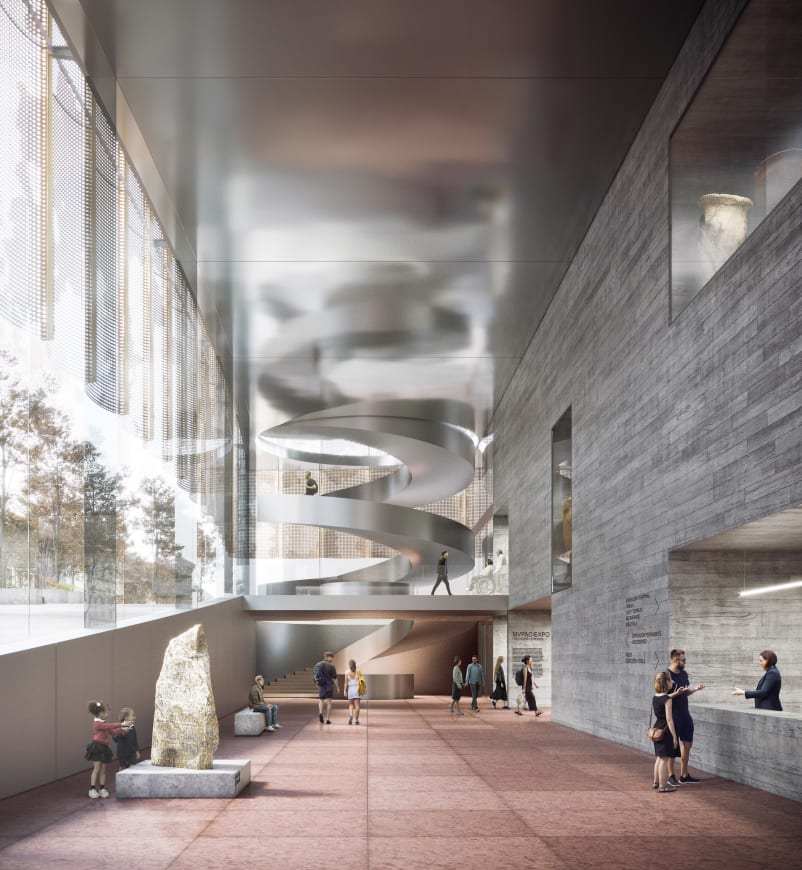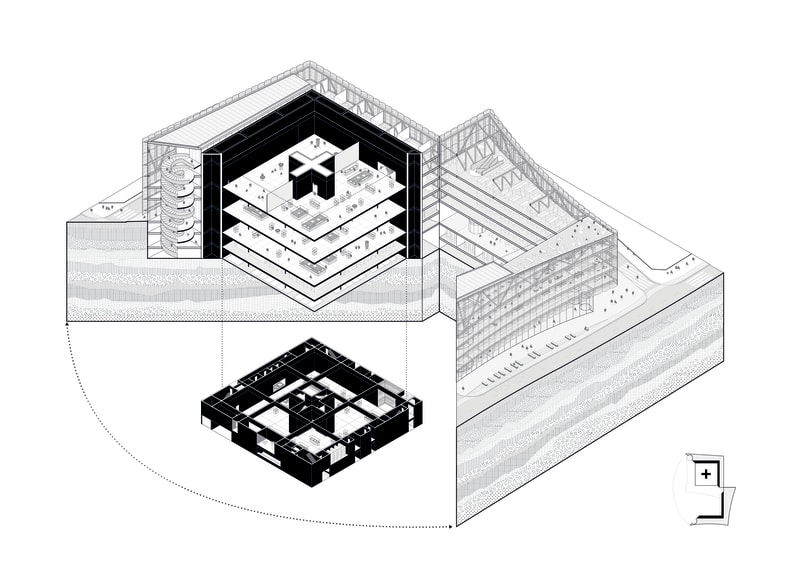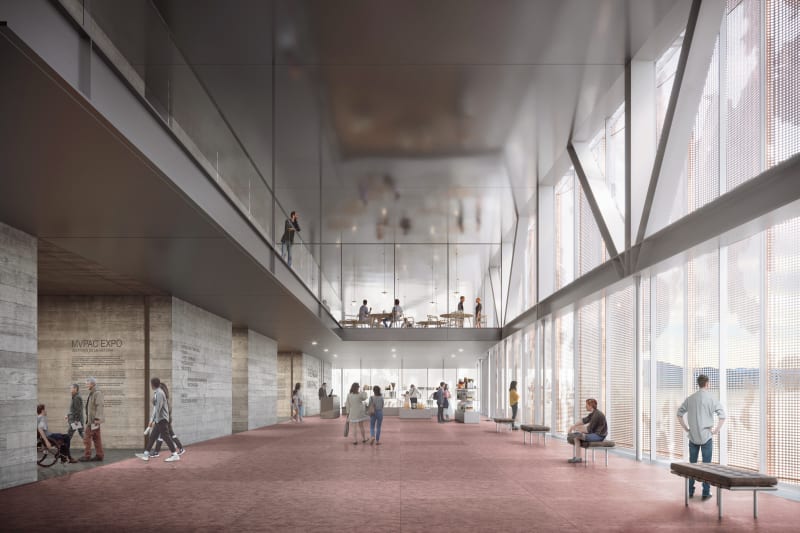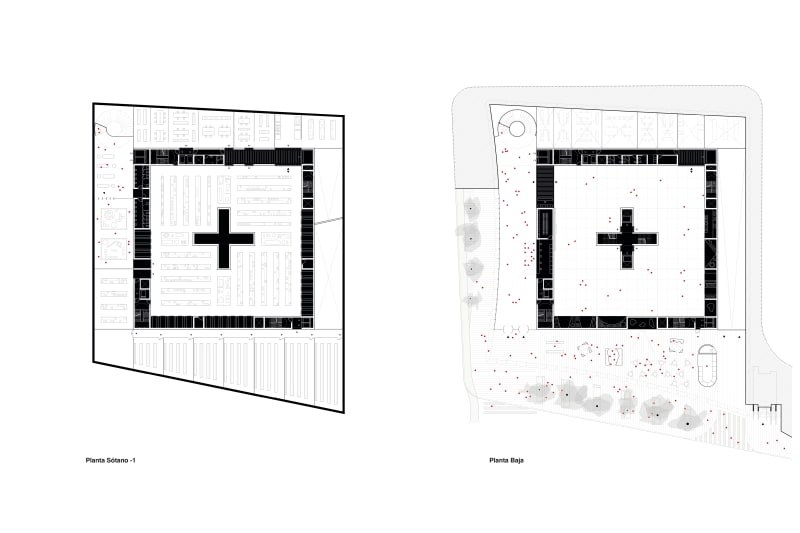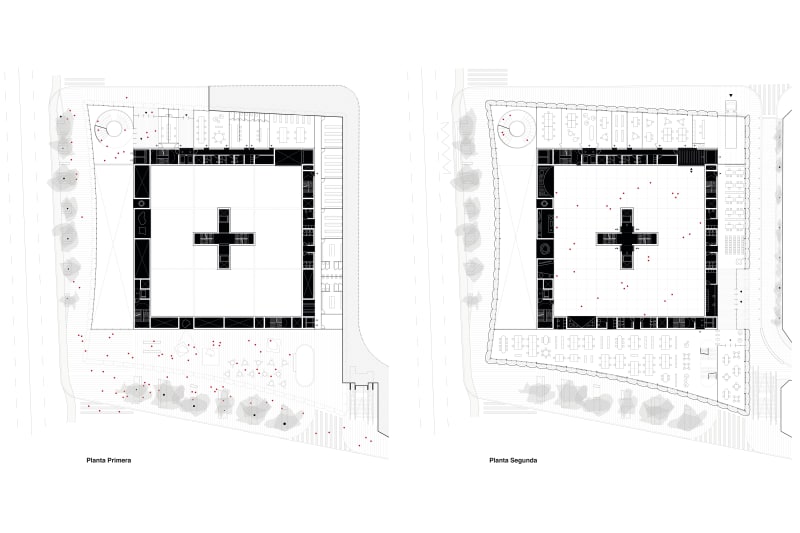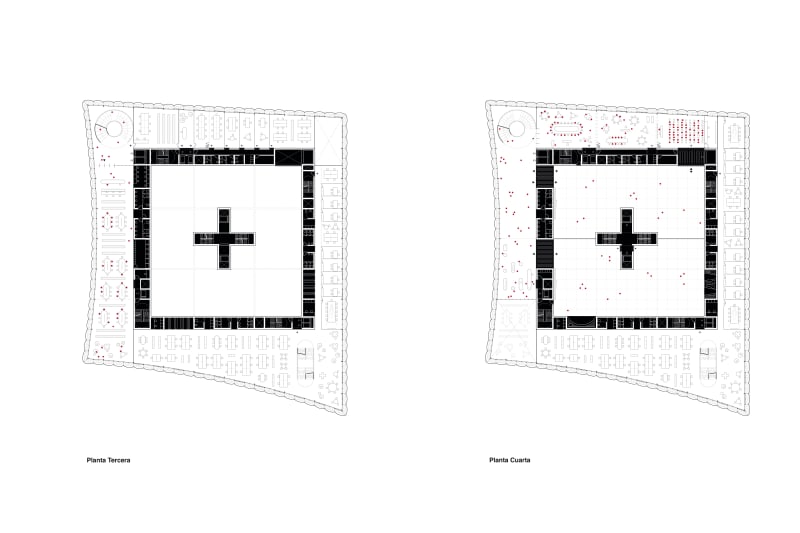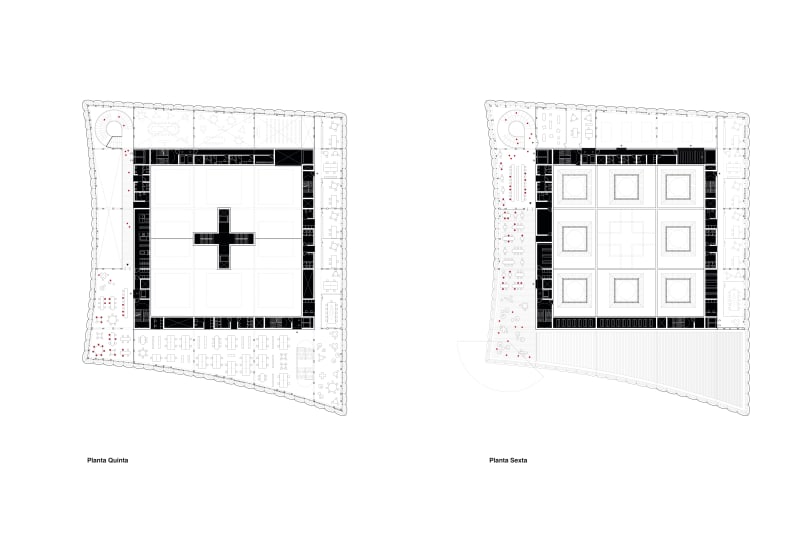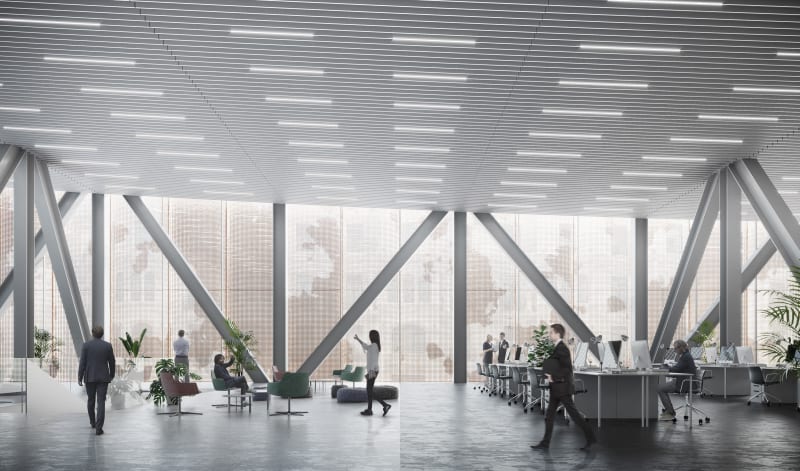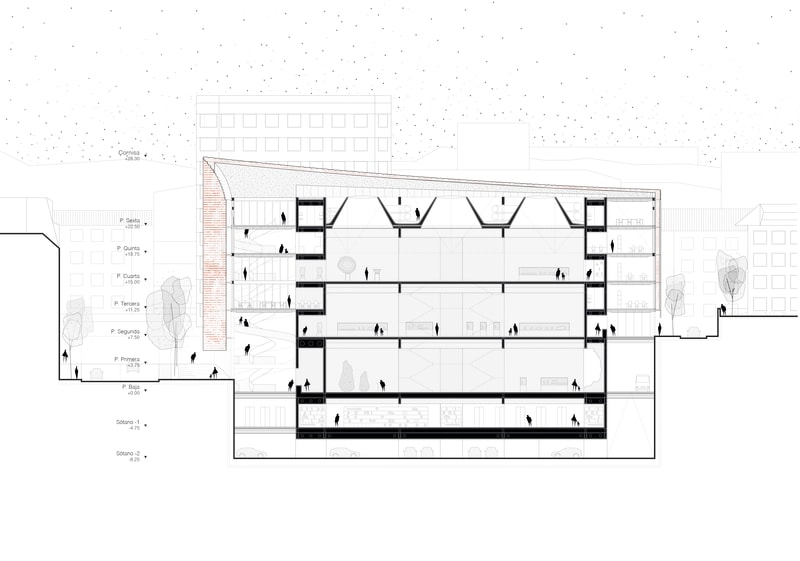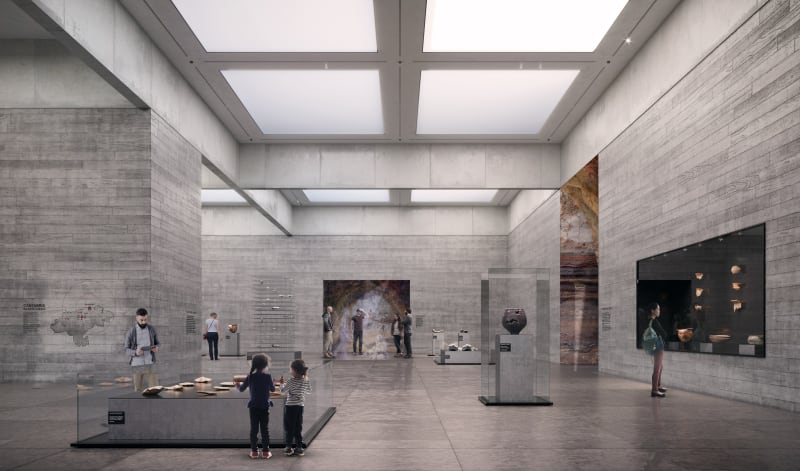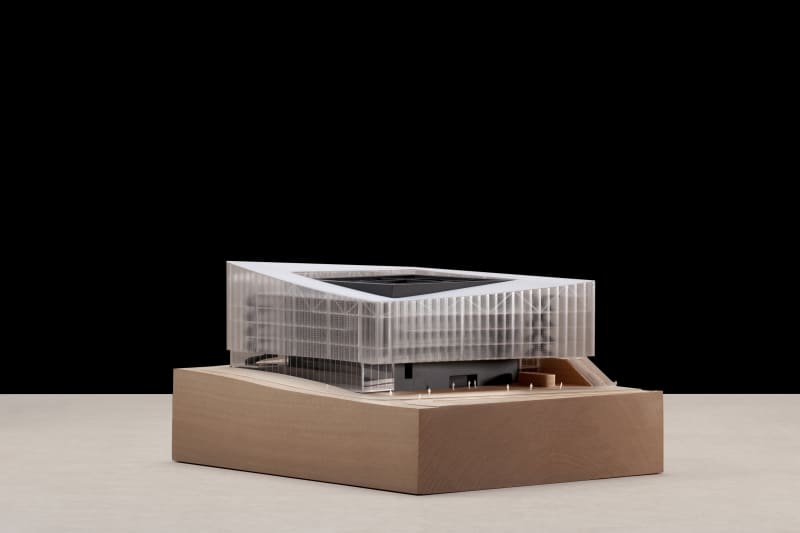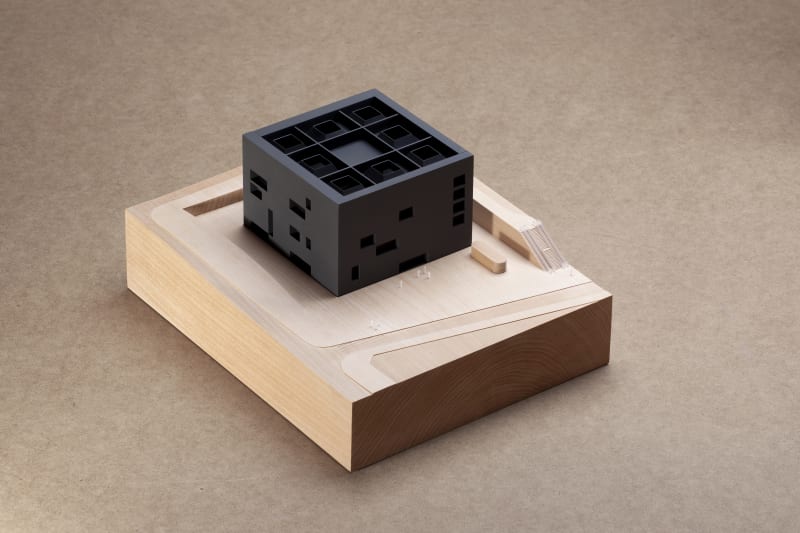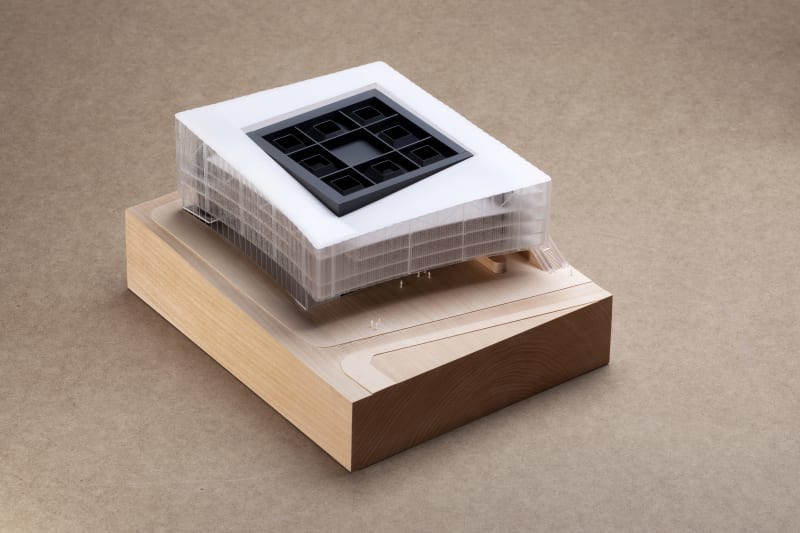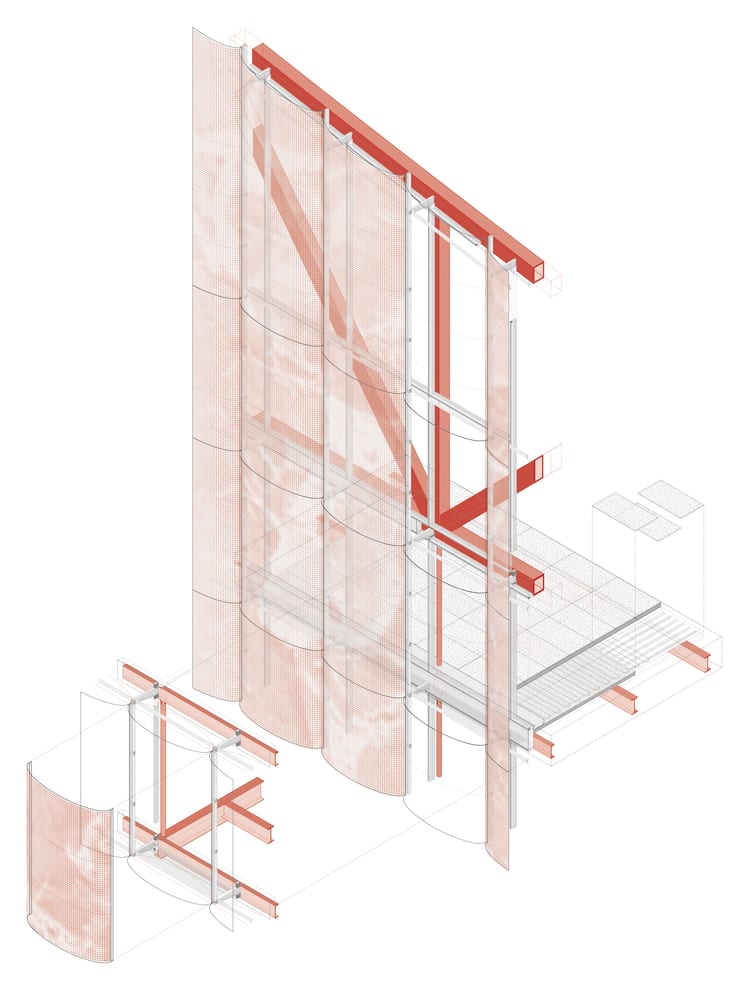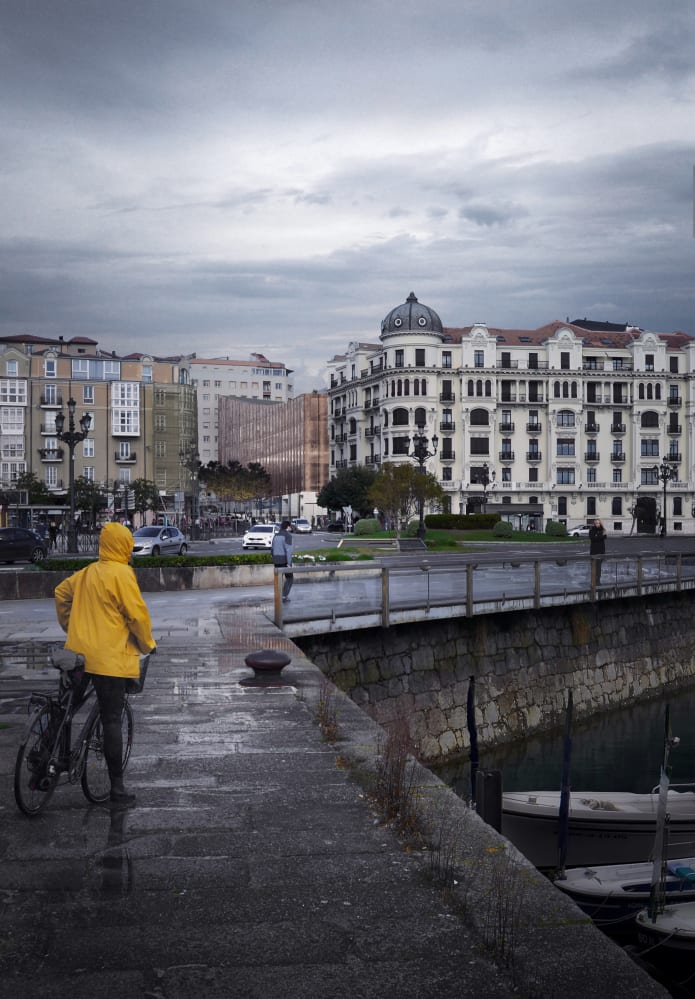Borges defined El Aleph as an architectural space where all acts and all times fill the same point. That is precisely what this project seeks to do, to make the new MUPAC a public attraction, a place full of experiences in which not only the museum exhibition claims attention, but also everything that surrounds it. The multiplicity of formats, the programmatic variety, social life, commerce or research are equated with the purely expository and elevate this organism to the category of public forum. In this sense, the project stresses the need to give visibility to its architecture, offering an experience that will be shown to public audience. This is how the urban space becomes the beginning of a wonderful trip that captures the citizen and shows architecture as a cultural environment for collective learning.
This desire to achieve uniqueness in each space is explained through the study of the cave and the hut, two of the most primitive forms of shelter on the Iberian Peninsula. The evident differences between both ways of life are used to build a universe of opposites. On the one hand, a round box of perfect proportions represents the cave and concentrates the most precious collections inside. On the other, and flanking that huge cube, indeterminate platforms define the hut and house those tangential places where mediation between agents becomes decisive.
While the cave functions as an introspection space where the user connects intimately with art, the hut promotes new models of socialization. One, as a covered camera, always looks inward, the other, on the contrary, opens to the city. While the cave emanates from the land itself, the hut is detached from it. One works in compression and in continuity with the earth, the other transmits its gravity in an articulated way. One is massive, heavy, and stereotomic, the other is light, delicate, and tectonic. While the statism of the cave builds a timeless and rigid space, the hut is defined as an ephemeral and changing construction. One defends purity and constructive simplicity in its materiality, the other aspires to the dematerialization of its mass. While the cave tends towards darkness and promotes subtle and strategic holes, the hut tends towards light and defends itself from it. One is overwhelming and monolithic, the other indeterminate and free.
In summary, Aleph extols this double condition and defends the wealth of contrasts. The museum will continue to be understood as a cave that safeguards heritage, but it will be helped from its hut, to share the precious memories found there.

